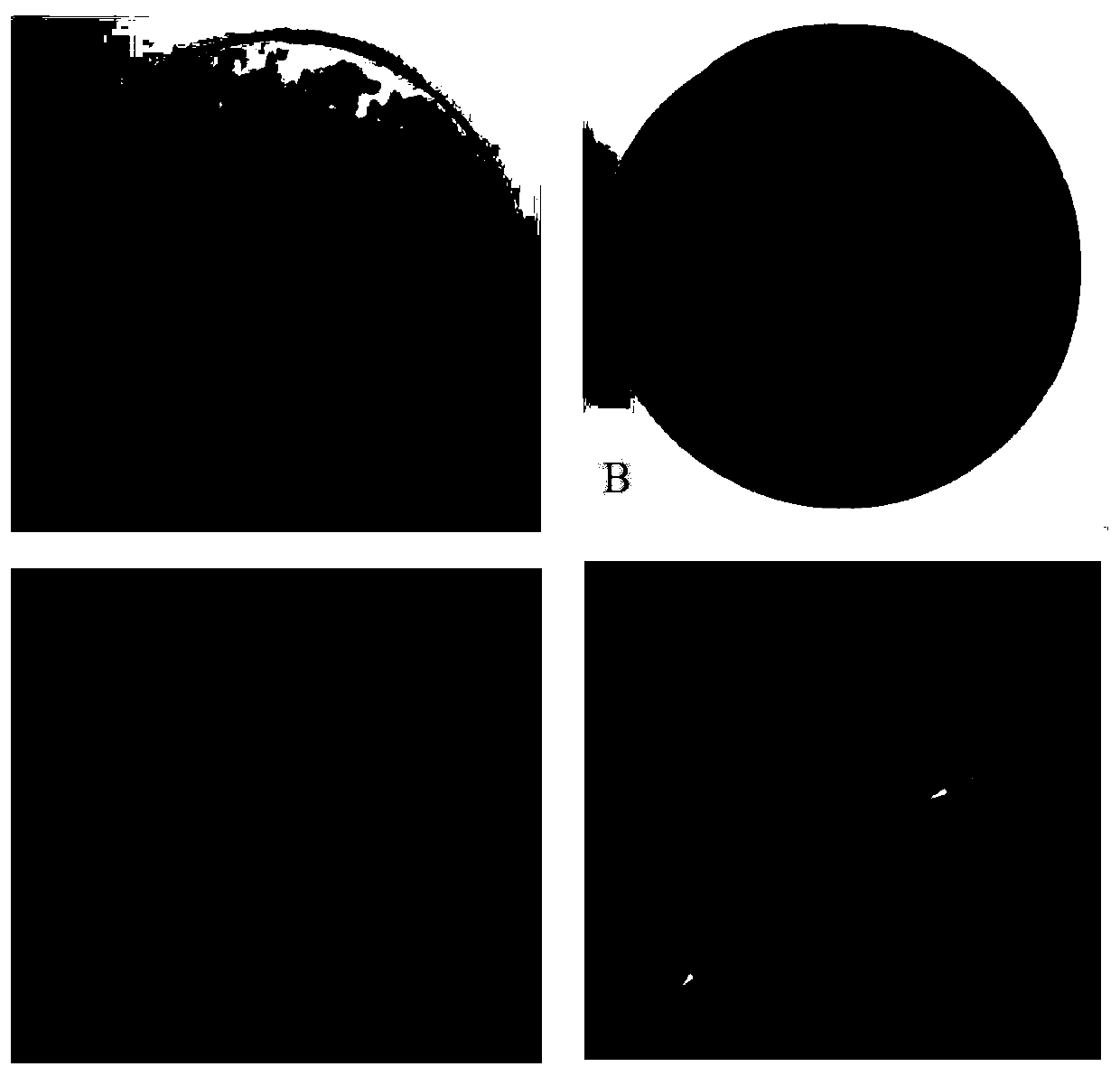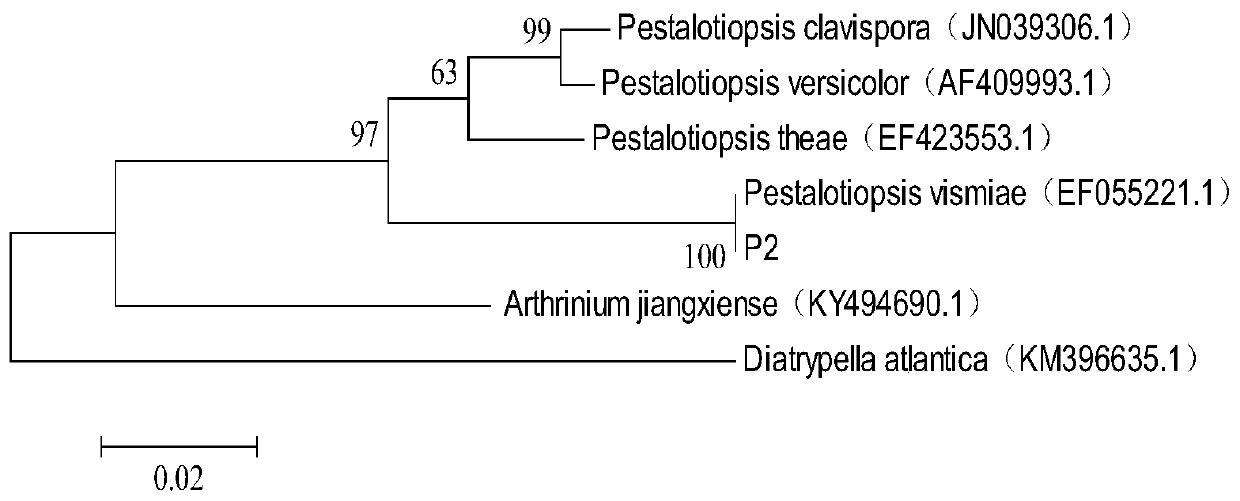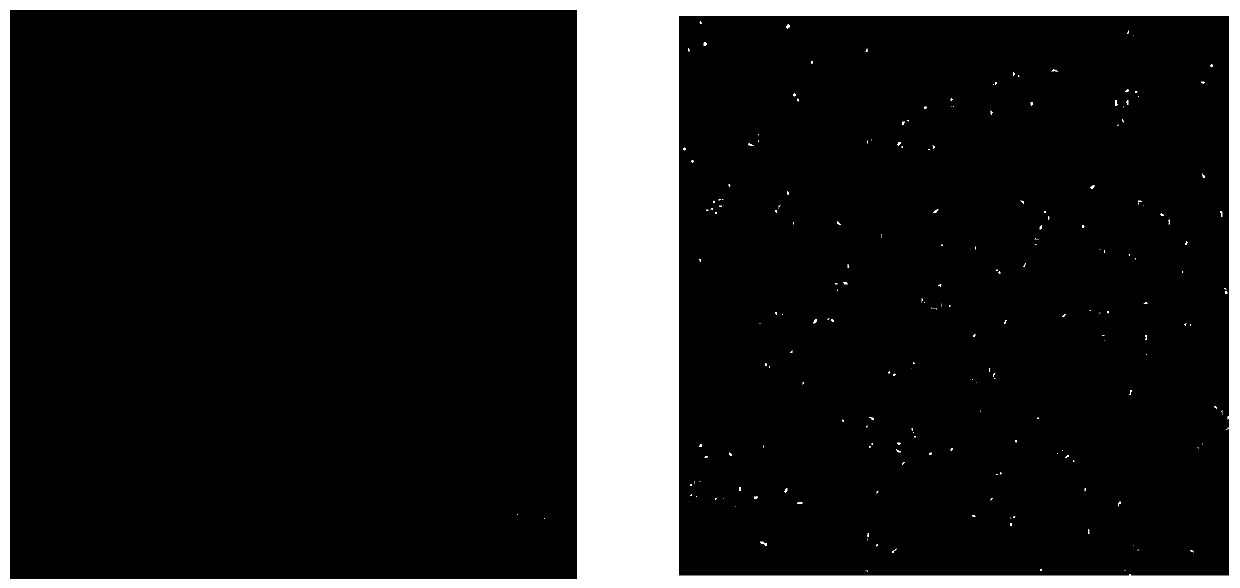Metschnikowia pulcherrima strain for preventing and treating grey speck disease after loquat harvest and application thereof
A gray spot and yeast technology, applied in the field of Maggi Mech's yeast E1, can solve the problems of high cost of prevention and treatment, high chemical pesticide residues, etc., and achieve the effects of strong disease-causing effect, reduced losses, and significant economic and social benefits
- Summary
- Abstract
- Description
- Claims
- Application Information
AI Technical Summary
Problems solved by technology
Method used
Image
Examples
Embodiment 1
[0028] Embodiment 1: Isolation, purification and identification of pathogenic bacteria
[0029] 1.1 Isolation and purification of pathogenic bacteria
[0030] The organic loquat fruits of the "Bahong" variety, which are of the same maturity and size and free from diseases and insect pests, were picked from the "Yunbiao Orchard" in Yangzhong, Zhenjiang City, Jiangsu Province. They were transported back to the laboratory and placed in plastic baskets sterilized by sodium hypochlorite. Seal and store at room temperature for about 15 days, collect fruits with obvious symptoms, and use tissue separation method to isolate pathogenic bacteria. Use a sterile scalpel to cut out a tissue block with a size of about 5 mm from the rotten part, disinfect it with 75% ethanol for a few seconds, rinse it with sterile water 3 times, drain it, place it on a PDA medium, and culture it in a constant temperature incubator at 28°C . After the colony grows, pick the hyphae at the edge of the colony...
Embodiment 2
[0039] Example 2: Isolation, screening and identification of antagonistic yeast strains
[0040] 2.1 Isolation and purification of antagonistic yeast
[0041] Take samples of loquat branches and leaves from "Yunbiao Orchard" in Yangzhong, Zhenjiang City, Jiangsu Province, cut them into pieces with a size of 1 cm, put them into a conical flask (250 mL) containing 90 mL of PDB medium, and add a few drops of streptomycin sulfate Solution (about 3 mg), cultured at 28°C, 180rpm constant temperature shaking for 20h. The bacterial solution was diluted to 10 with sterile water using a ten-fold gradient dilution method. -4 、10 -5 、10 -6 , pipette 100 μL of the diluted solution and spread it on a Bengal red medium plate, and incubate at a constant temperature of 28°C for 2 to 3 days. Observe the colony morphology of each yeast strain, and then pick out single colonies with different culture characteristics and purify them on NYDA medium plates. The isolated and purified strains wer...
Embodiment 3
[0051] Example 3: Safety study on Metschnikowia pulcherrima E1
[0052] The tested animal species were ICR mice, provided by the Experimental Animal Center of Jiangsu University. A total of 40 clean-grade mice weighing 18-22 g were selected, half male and half male. In the test group, there were 10 male and female mice each, and the maximum limit method was adopted according to the national standard, and the test dose was 10000 mg / kg. Oral gavage was adopted, according to the test of 0.2mL / 10g body weight, and the gavage was continued for 14 days; the same 10 male and female mice in the control group were gavaged with sterile water instead of yeast suspension. Throughout the experiment, the mice were observed every day for their activity, food intake, body weight changes, and whether there was any poisoning or death.
[0053] According to the above test procedures, the statistical results of the safety test of Metschnikowia pulcherrima E1 are as follows: the mice injected wi...
PUM
 Login to View More
Login to View More Abstract
Description
Claims
Application Information
 Login to View More
Login to View More - R&D
- Intellectual Property
- Life Sciences
- Materials
- Tech Scout
- Unparalleled Data Quality
- Higher Quality Content
- 60% Fewer Hallucinations
Browse by: Latest US Patents, China's latest patents, Technical Efficacy Thesaurus, Application Domain, Technology Topic, Popular Technical Reports.
© 2025 PatSnap. All rights reserved.Legal|Privacy policy|Modern Slavery Act Transparency Statement|Sitemap|About US| Contact US: help@patsnap.com



